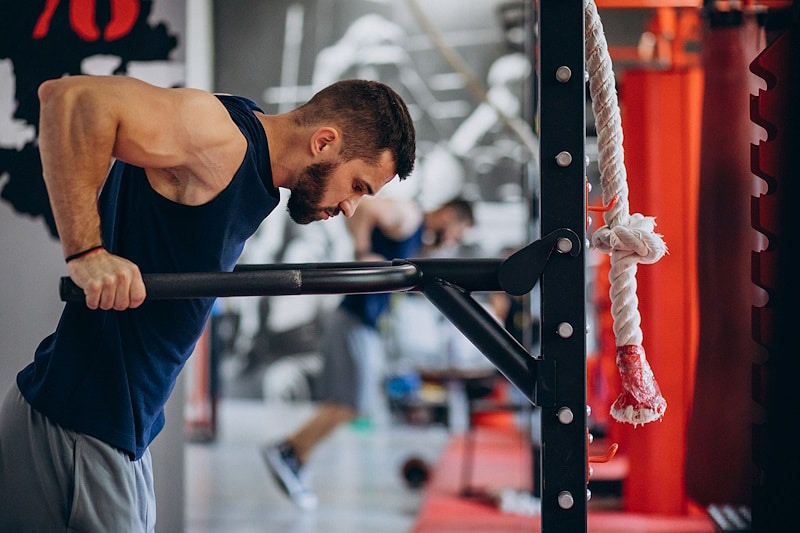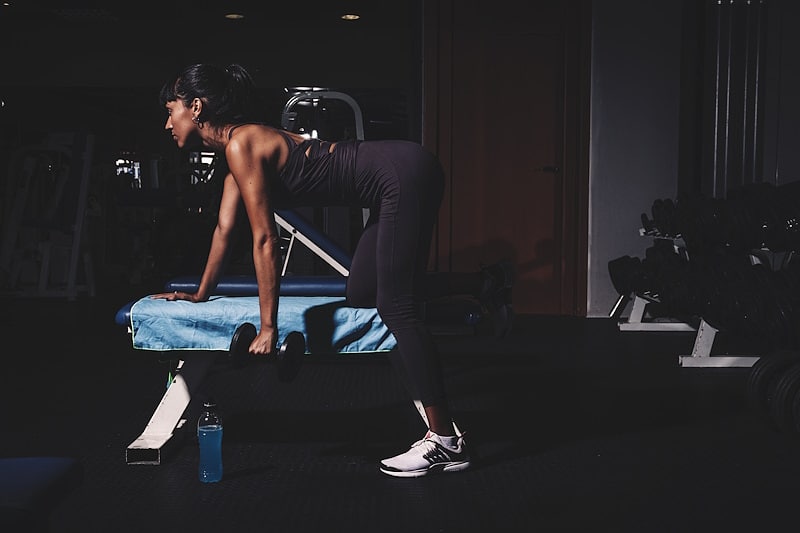What is the Most Effective Workout Split for Gaining Muscle and Strength?
If you’re looking to pack on muscle and strength, choosing the right workout split is essential. A workout split refers to how you divide your training sessions throughout the week, focusing on specific muscle groups on different days. The most effective workout split will depend on your goals, fitness level, and schedule. In this article, we’ll dive into some of the best workout splits for maximizing muscle growth and strength gains.

Importance of Workout Splits
Before we discuss the best workout splits, it’s important to understand why they are crucial for optimal results. A well-designed workout split allows for adequate rest and recovery between training sessions, which is essential for muscle growth. By targeting different muscle groups on different days, you can ensure you’re giving each muscle enough time to recover and grow.
Traditional Body Part Split
One of the most popular workout splits is the traditional body part split, where you train different muscle groups on different days. For example, you might have a 4 Day Workout Routine or a 5 Day Workout Splt – such as a chest day, back day, leg day, etc. This split is great for experienced lifters who want to focus on specific muscle groups and have the time to train 5 days a week.
Push/Pull/Legs Split
Another effective workout split is the push/pull/legs split. With this split, you focus on pushing movements (such as chest and triceps) on one day, pulling movements (back and biceps) on another day, and legs on a separate day. This split is great for balancing muscle groups and ensuring you’re hitting all major muscle groups each week.
Full Body Split
For beginners or those with limited time, a full-body split can be very effective and as little as a 3 Day workout routine each week. With this split, you train your entire body in each session, 3-4 times a week. This allows for frequent stimulation of all muscle groups and is great for building a solid foundation of strength and muscle mass.
Choosing the Right Workout Split
When choosing the right workout split for you, consider your fitness level, schedule, and goals. If you’re a beginner, starting with a full-body split is a great way to build a foundation of strength and muscle. As you advance, you can transition to a more specialized split like the traditional body part split or the push/pull/legs split.
It’s important to listen to your body and adjust your workout split as needed. If you’re feeling fatigued or not making progress, it might be time to switch things up. Experiment with different splits and see what works best for you.
So the e most effective workout split for gaining muscle and strength will depend on your goals and schedule. Whether you choose a traditional body part split, a push/pull/legs split, or a full-body split, the key is consistency and progressive overload. Make sure to fuel your body with proper nutrition, get enough rest, and stay consistent with your training. With the right workout split and dedication, you can achieve your muscle and strength goals.
In conclusion, finding the most effective workout split for gaining muscle and strength is a personal journey. Experiment with different splits, listen to your body, and stay dedicated to your training. Remember, consistency is key when it comes to achieving your fitness goals.
So, what is the most effective workout split? The answer is simple – it’s the one that works best for you and helps you reach your fitness goals. Experiment, stay consistent, and watch your muscles grow stronger every day!

The Most Important Workout Recovery Steps with Your Workout Splits
Recovering properly after a workout is essential for muscle repair, replenishing energy stores, and preventing injuries. But what are the most important post-workout recovery steps? Let’s dive into the key elements that will help you recover faster and maximize your fitness gains.
Sleep:
One of the most crucial aspects of workout recovery is getting an adequate amount of sleep. During sleep, your body releases growth hormones that help repair and rebuild muscle tissues. Aim for 7-9 hours of quality sleep every night to ensure optimal recovery. Not getting enough sleep can lead to decreased performance, increased risk of injury, and slower muscle growth.
Nutrition:
Fueling your body with the right nutrients after a workout is crucial for recovery. Make sure to consume a combination of carbohydrates and protein within 30 minutes to an hour after your workout. Carbohydrates replenish glycogen stores, while protein helps repair and build muscle. Eating a balanced meal or snack post-workout will help optimize recovery and ensure you have the energy to tackle your next workout.
Hydration:
Staying hydrated is key to supporting workout recovery. Water helps transport nutrients to your cells, remove waste products, and regulate your body temperature. Make sure to drink plenty of water throughout the day, especially after a workout to replace fluids lost through sweat. Dehydration can lead to fatigue, muscle cramps, and decreased performance, so be sure to keep a water bottle handy at all times.
Active Recovery:
Incorporating active recovery days into your workout routine can help speed up the recovery process. Activities such as yoga, stretching, or light cardio can help improve blood flow, reduce muscle soreness, and enhance flexibility. Listen to your body and give yourself permission to take it easy on rest days to allow your muscles to recover properly.
Rest and Relaxation:
In addition to sleep, taking time to rest and relax is crucial for overall recovery. Stress can negatively impact your body’s ability to recover from workouts, so make time for activities that help you unwind and destress. Whether it’s meditation, reading a book, or taking a hot bath, finding ways to relax can help improve your recovery and performance in the long run.
In conclusion, prioritizing sleep, nutrition, hydration, active recovery, and rest and relaxation are the most important workout recovery steps. By incorporating these elements into your post-workout routine, you can recover faster, prevent injuries, and maximize your fitness gains. Remember, recovery is just as important as training, so make sure to listen to your body and give it the care it needs to perform at its best.
